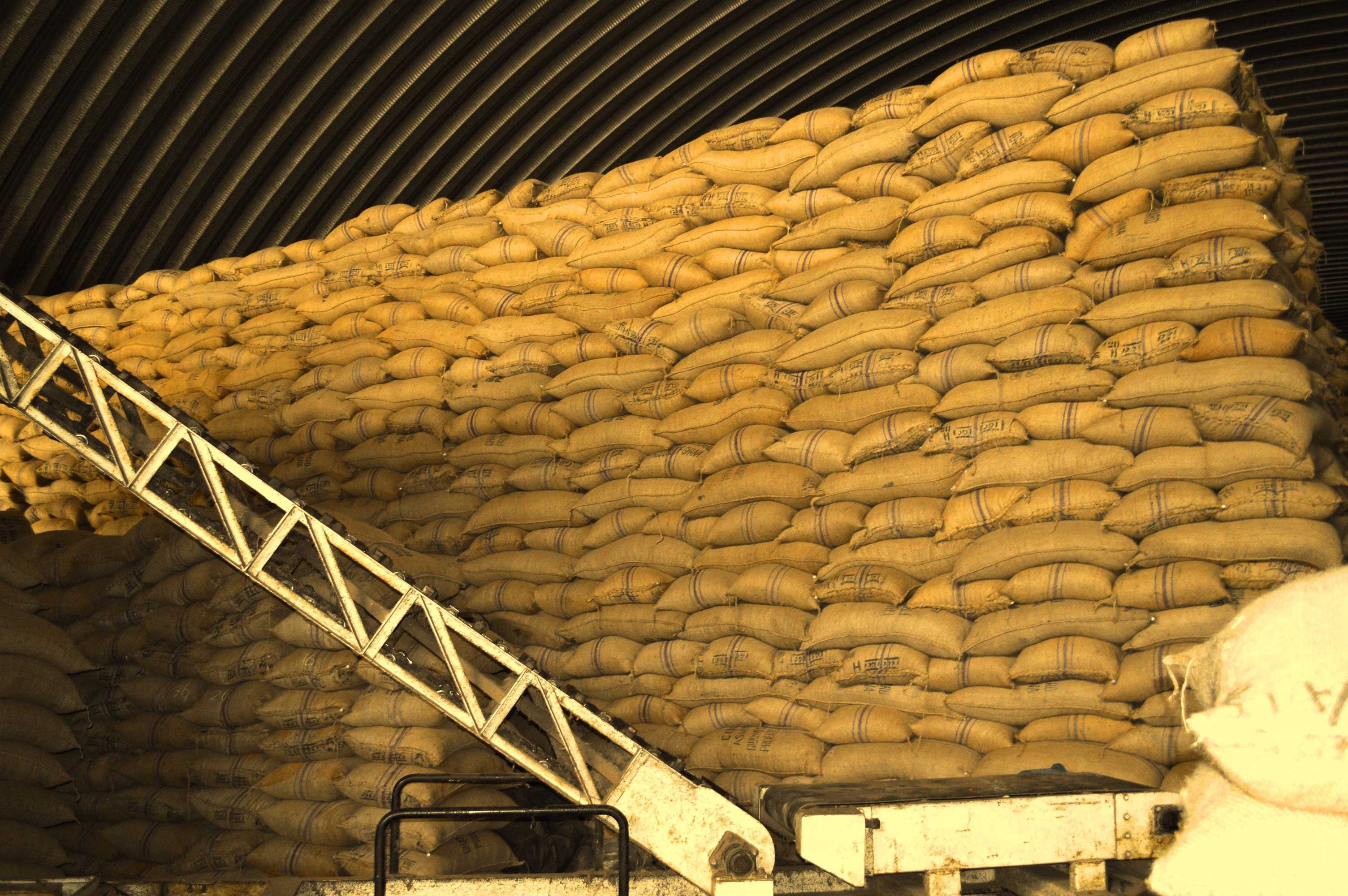
Shea
Almost all rural households in northern Ghana depend heavily on shea for their survival each year.
This website is still under construction, hence some information may be incomplete. Please bear with us as we work to finalise the process.

Almost all rural households in northern Ghana depend heavily on shea for their survival each year.
 Shea
Shea
Almost all rural households in northern Ghana depend heavily on shea for their survival each year. The crop is mostly harvested, processed and sold by women and supplies more than half of the annual income of most rural women. The shea tree is highly valued for its fruit. The pulp of the fruit which is enjoyed by many and the kernel is the source of shea butter which is valued for its use as traditional cooking oil.
Shea has evolved to become an important ingredient in the confectionary, cosmetic, and pharmaceutical industries. The global trade in shea has increased significantly in the last decade. Shea has become one of the leading non-traditional agricultural exports in Ghana. This presents an opportunity to improve rural female incomes in Northern Ghana and to contribute towards reducing the North-South development gap.
COCOBOD has also instituted a floor price for sheanut purchases to prevent exploitation of women and guarantee them a minimum income from shea and its by-products. COCOBOD, in collaboration with the Department of Co-operatives and other stakeholders in the industry, is undertaking programmes to revitalize women shea co-operatives into commercially viable entities. In line with our mandate, the Shea-Unit has re-viewed the regulations and guidelines for the marketing of shea, streamlining the operations of shea buying and processing companies.
It is obvious that the framework for the revamping of the shea industry in Ghana is gradually and systematically being established. With the commitment of COCOBOD to implement the policies, programmes and strategies through the provision of financial and materials resources and the co-operation of key stakeholders, the shea industry will experience sustainable growth and development. This is expected to result in higher income for the women producers.
We use cookies to ensure we give you the best experience. If you continue, we'll assume that you're happy to receive all cookies. If you would like, you can read more about our cookies and privacy and change your settings at any time.